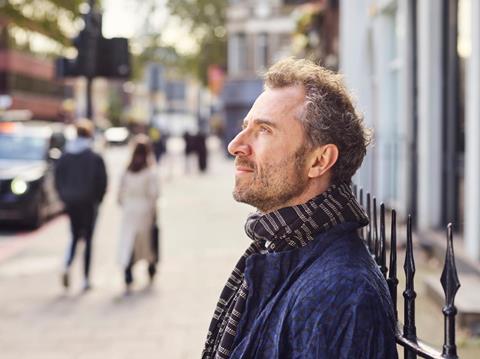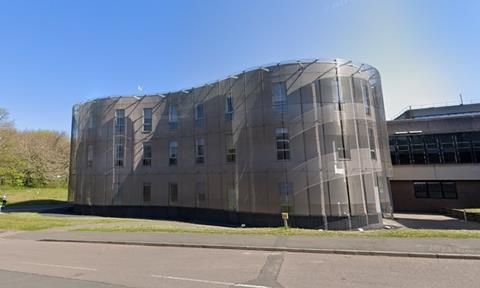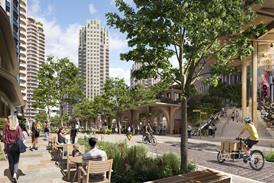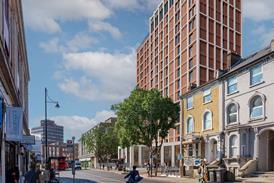New programme at Loughborough University has grown out of campaign’s mission to eradicate “soulless and boring buildings”

Loughborough University has announced a partnership with Thomas Heatherwick’s Humanise campaign to develop content for a new master of arts program in architecture and design, set to launch in autumn 2025.
The initiative will include a series of lectures and workshops focusing on the integration of emotion in design, eemphasising the importance of creating spaces that evoke joy and well-being.
The collaboration seeks to eradicate “soulless and boring buildings,” which the Humanise movement identifies as detrimental to public health and the environment.
Robert Schmidt, a faculty member within the university’s school of architecture, building and civil engineering, said: “We are tremendously excited by the opportunity to collaborate with Humanise. Our history as a university has long explored the fusion of design and making, rooted in the Arts & Crafts movement.
“This shared belief in making, and collaborating with creatives, builds on LU-Arc’s established ethos of ‘architect-maker’. Together with our research expertise at the intersection of architecture and psychology, it perfectly complements the Humanise agenda.
“I think this initiative will benefit our students tremendously, opening up access to broader approaches and practical opportunities.”

Abigail Scott Paul, global head of the Humanise Campaign, said: “Loughborough has always been a pioneer, and this new course is symbolic of a sea change in architectural education.” she stated.
“It will challenge the rigidity and over-specialisation of so much teaching in the past and nurture a new generation of architects. It has the potential to be a game-changer in our quest to create buildings that better serve people and the planet, and we’re thrilled to welcome Loughborough as a partner of the campaign.”
The announcement follows a research symposium hosted by the Humanise campaign in March 2024, in which Loughborough University’s team participated. The event brought together 40 academics in the fields of architecture and neuroscience, alongside industry experts, to explore how building exteriors impact health, emotions, and behaviour.
>> Also read: ‘Who are we designing for?’ Thomas Heatherwick wonders why buildings have become so boring
















No comments yet